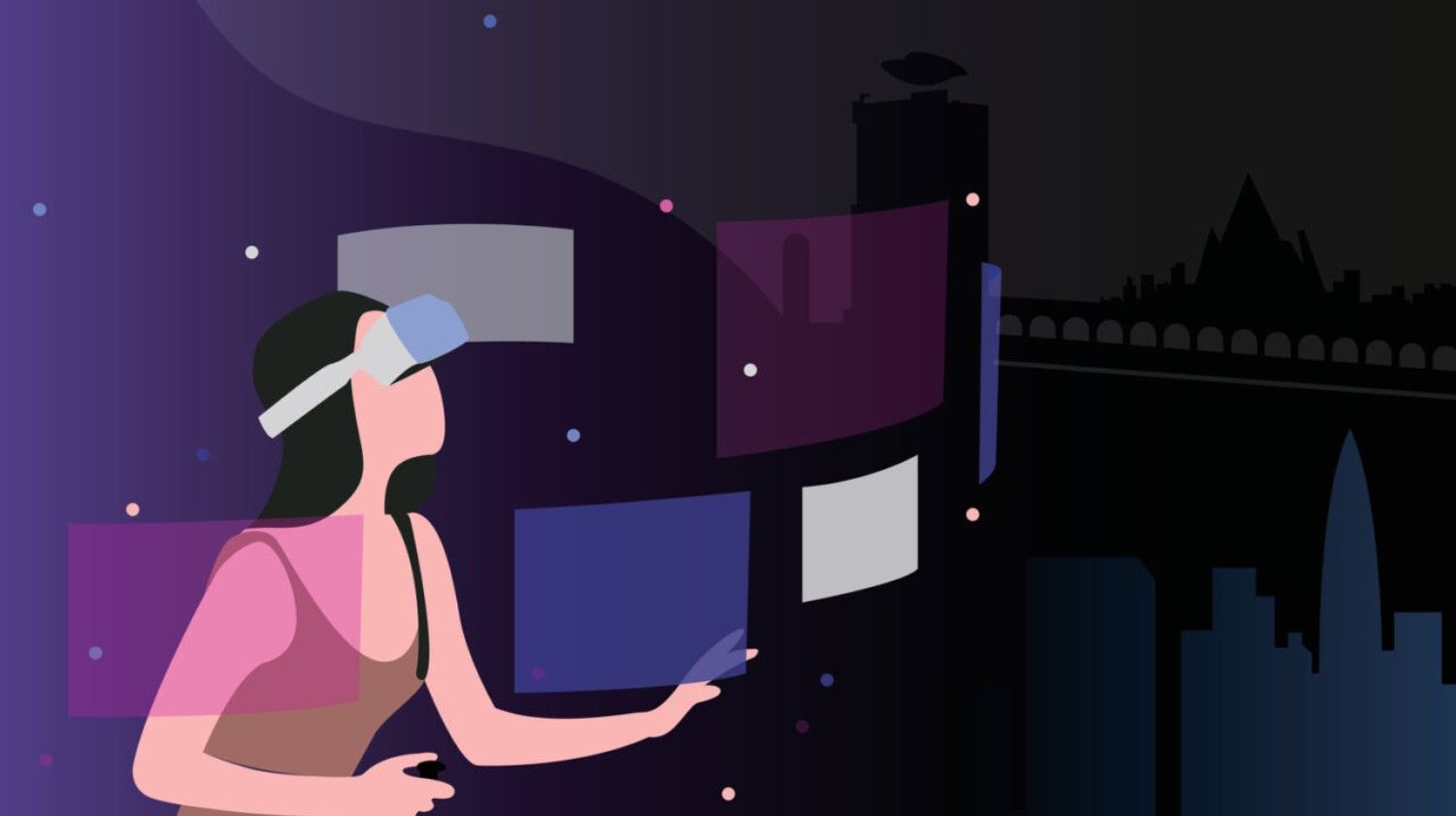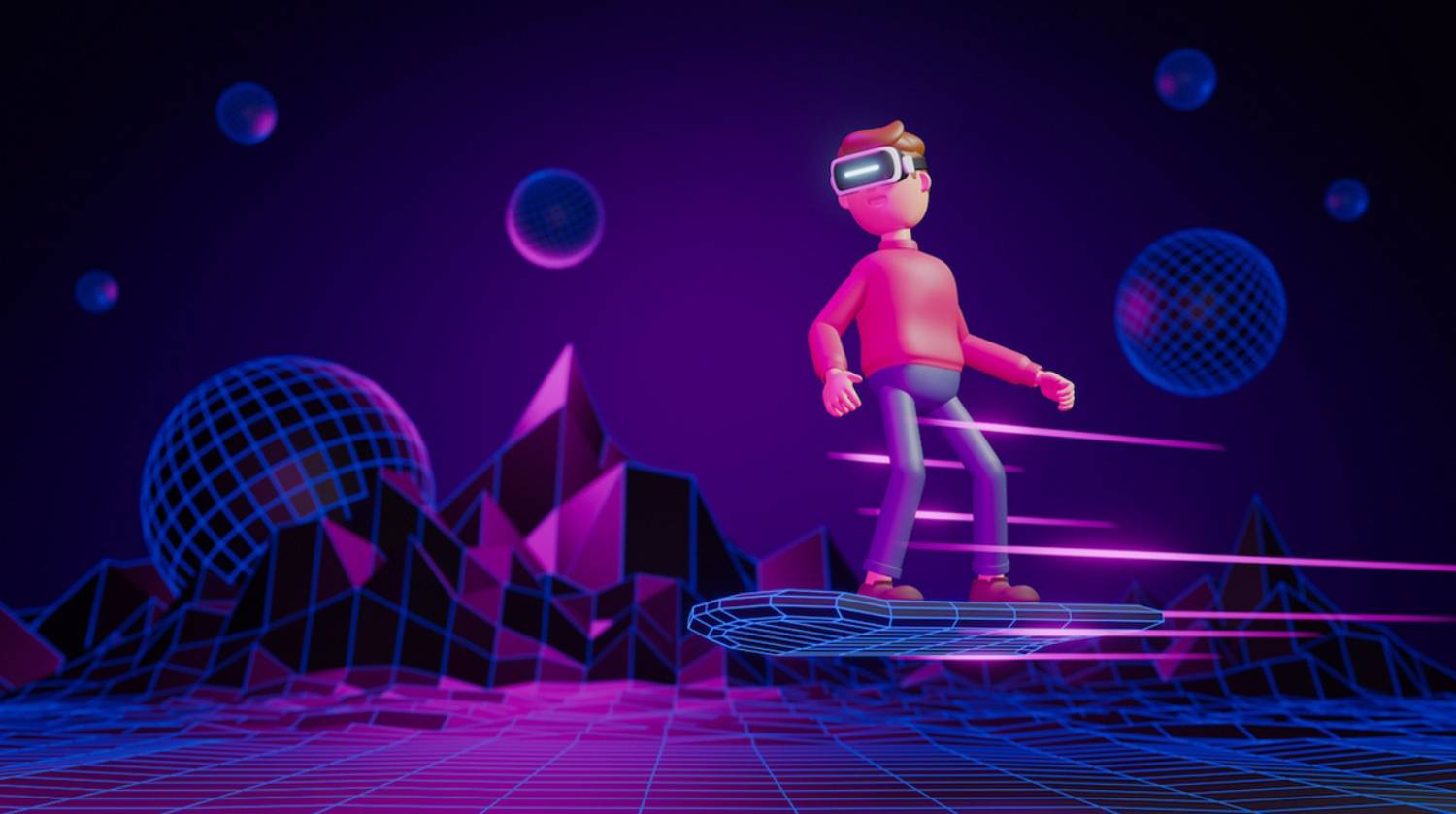What you need to know about Meta Connect
Meta is hosting its Meta Connect on October 11, and we believe they will also reveal their latest VR headset there too.

Recently, Meta revealed Meta Connect, a virtual event that brings together AR/VR developers, creators, marketers, and more to celebrate the metaverse industry and its growth.
It is also the first true social hub centered on NFT enthusiasts that genuinely enables its users to make friends, build their network, organize events, and promote their collections.
Meta Connect will also launch the hugely popular Project Cambria, dubbed the Oculus Quest Pro by fans and leaks, which plays a pivotal role in transforming Facebook into Meta.
As a high-end virtual reality headset, it will offer next-gen features bringing powerful hardware, better displays, and the addition of mixed-reality capabilities that will unlock improved AR possibilities on Meta's hardware.
According to Zuckerberg, the premium VR headset will include eye and facial tracking and color passthrough and is also expected to be significantly more expensive than the Quest 2, which recently bumped to US$399.99. As for the exact price, Meta has yet to name it but confirmed in early May that the device would be significantly more expensive than the presumed US$800.
What the Metaverse means to Brands and Marketers

One apparent shift is that most consumers will embrace today’s more digital shopping experience. Meta’s recent Customer Experience 3.0 report stated that two out of three consumers said their mobile phone is becoming their most vital shopping tool, whereas 71% of consumers expect personalized experiences and bought products recommended by creators and influencers.
To tap into these new consumer trends, Metaverse technology can help brands and marketers deliver a more immersive experience to consumers. It ranges from AR tools that let consumers virtually try on clothes and sunglasses to a metaverse experience that enables them to race virtual Mini cars around a gravity-warping 3D track.

For instance, take AT&T's partnership with Meta to create immersive campaigns to showcase their fast 5G network. Driven by Meta's group effects AR tool, the interactive video game is a revolutionary update of the old “snake” game that early cell phone users played on Nokia phones.
In another example, Disney is creating a combined storytelling experience through headset-free augmented reality (AR) attractions in its theme parks, allowing it to enter the metaverse world and make interactive, personalized attractions for theme park visitors. While one group may see Donald Duck greeting them by a hot-dog stand, another group could interact with Princess Jasmine, Ariel, and Cinderella.
Another benefit of the Disney version of the metaverse is that the shared virtual-world experiences do not require a headset, which can be costly and inconvenient to wear during the pandemic.
Customers are an essential part of this marketing equation. Companies must focus on what shoppers want when using immersive tools such as metaverse and augmented reality. As we move from 5G bandwidth to 6G bandwidth in about six to eight years, the metaverse will be all around us, and brands and marketers should embrace the opportunity to get comfortable with it.


